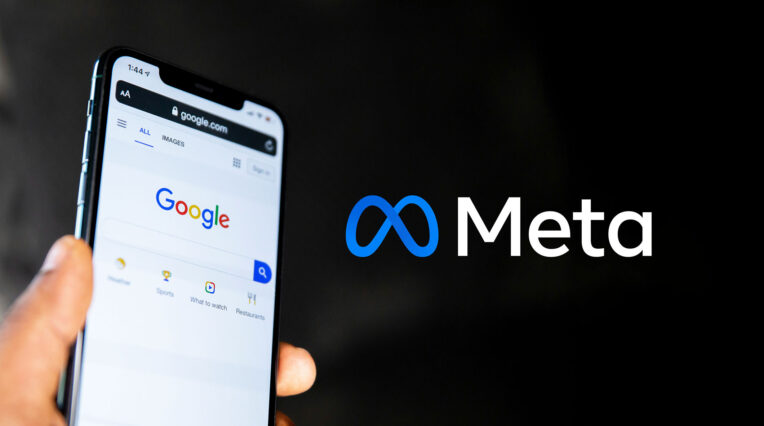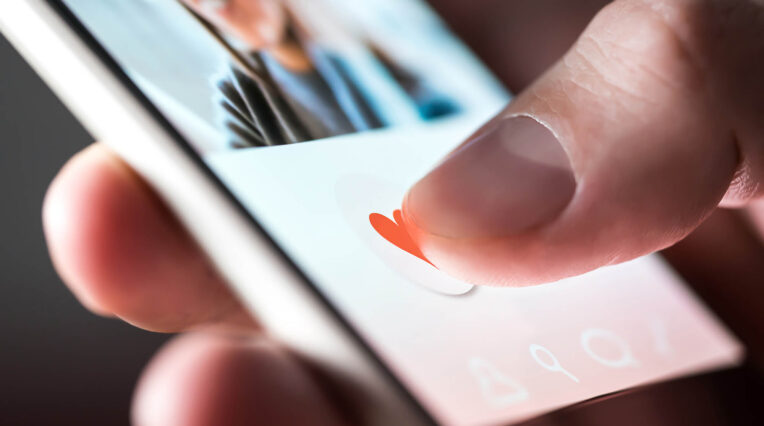Creative Marketing | 30/05/2017
Emojis: the new language of digital marketing
Love them or hate them, emojis have been around for a while (since 1998, to be precise), and it doesn’t look like they’re going anywhere anytime soon. In fact, linguist Gavin Lucas describes emojis as “the fastest growing language of all time”, and he’s not wrong. With emojis proliferating in most people’s day to day communications with friends and family, the outside world and brands, emojis are becoming more and more a part of our online written language. With that in mind, they’re not something that can easily be ignored by digital marketers and, whilst they’re probably not going to replace words altogether in a hurry, emojis are definitely something many marketers are beginning to incorporate into their messaging.
Who’s the audience?
When emojis first came to the fore, they were pretty much the sole remit of teenagers everywhere. As they’ve developed though, the emoji has taken over a much wider demographic; now a whopping 92% of the online populationuse them, millennials and all.
Why so many, I hear you ask. According to figures, 84% of female frequent users and 75% of male frequent users find it easier to accurately express their feelings through emojis rather than words; the stats say it all.
So, how can do we make the most of this new online language?
Social Media
Possibly the place where emojis are used the most, social media is one of the best places for incorporating them into your messaging. To prove it, tweets using emojis gain on average 25.4% more engagement, using emojis on Facebook results in 57% more likes, 33% more comments and 33% more shares and on Instagram, nearly 50% of all comments and captions contain at least one emoji. These results are obviously great, but using the right emojis and knowing what they really mean is just as important as including them at all; just like a hashtag, really. In fact, tying them to your hashtag or message is a great way to create a recognisable symbol for your campaign.
Emojis have been finding their way into our inboxes at an increasing rate, with 56% of brands seeing a higher open rate on their email marketing when the subject line included an emoji. Whilst this probably isn’t an avenue any brand can take, for the ones where it’s relevant, emojis in subject lines can help to complement words and cut through inevitable inbox clutter.
SEO
There’s been lots of talk in the digital marketing world about the rise of emoji SEO (you can expect it in full force in the next 10 years). Back in May 2016, Google re-allowed emoji searches, and this might already have an impact on visibility. We already know that emoji users find it easier to express their emotions through the symbols, and eventually this will naturally translate into the way people search as well. As it happens, some brands already rank for emoji search terms, without even knowing it, meaning that these could be optimised to the best advantage.
PPC
Emojis have even filtered into the domain of PPC, with some rogue emojis spotted in AdWords titles. Whilst this isn’t officially available within AdWords at the moment, the potential may be there. Cue even more exciting, eye-catching text ads in the near future.
Content?
As I’ve said, it’s unlikely that emojis are going to take over the English language any time soon (it’s pretty established after all), but emojis could make their way into blogs and written content in the not-so-distant future…
As digital marketing pros, we’re always on the ball when it comes to new developments and new languages in our world. Pop in for a coffee or give us a ring and let us help you speak the right language to your customers.





